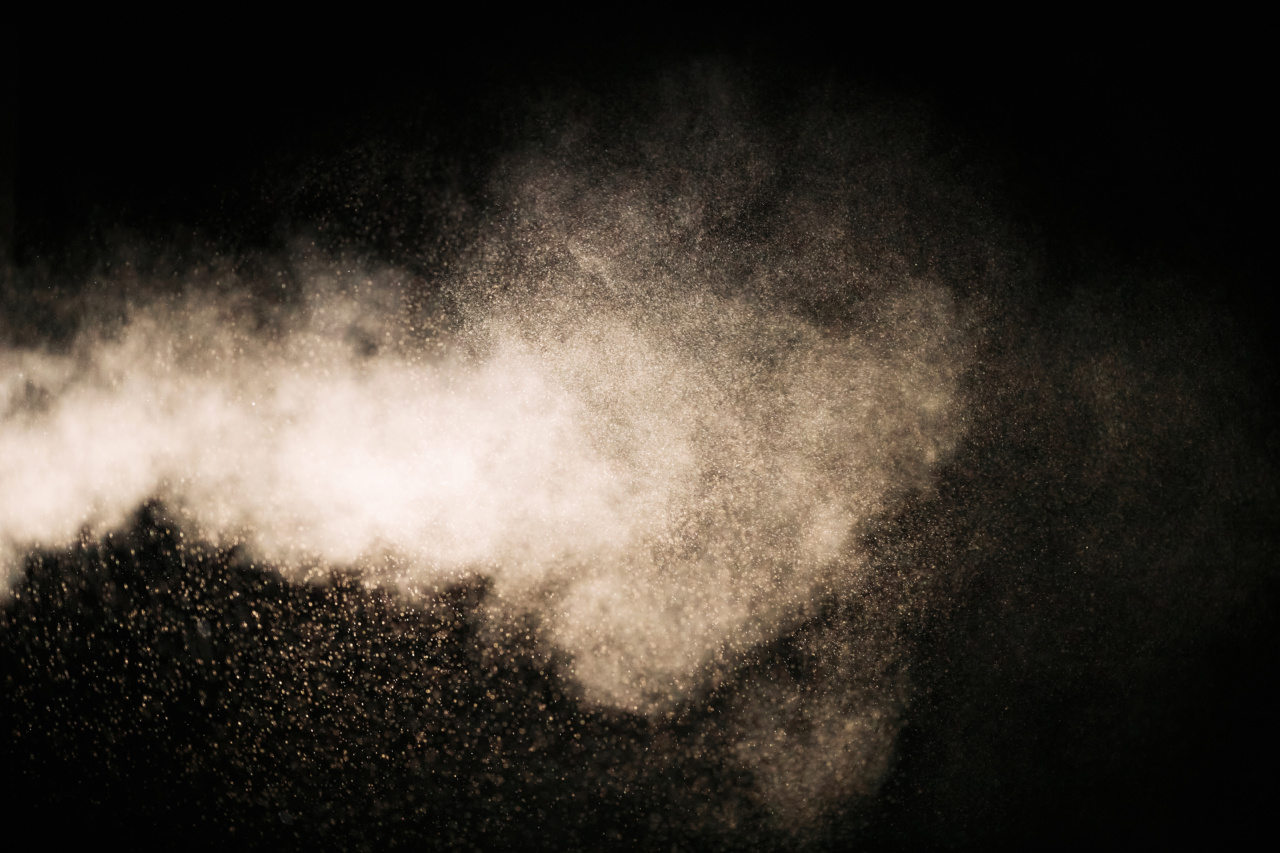Most people consider dust as a harmless nuisance. It accumulates on surfaces and requires regular cleaning.
However, recent studies have revealed that dust contains a variety of toxic and harmful particles that can pose serious health risks to humans and pets. These harmful particles can be found in homes, offices, cars, and public spaces.
What is dust?
Dust is a fine powder consisting of tiny particles of dirt, skin cells, pet dander, insect waste, pollen, and other materials. It is created by the normal activities of daily living such as walking, cooking, and dusting.
Dust can also enter a building through open windows, doors, and ventilation systems.
What harmful particles are present in dust?
Several harmful particles have been identified in dust. These include:.
- Lead: Lead dust is a common source of lead poisoning, which can cause serious health problems such as developmental delays, learning difficulties, and behavior problems. Lead dust can come from lead-based paint, soil, and other sources.
- Asbestos: Asbestos fibers can be released into the air when disturbed, such as during demolition or renovation. When inhaled, asbestos fibers can cause lung cancer, mesothelioma, and other respiratory diseases.
- Pesticides: Pesticides can become airborne and be inhaled, ingested, or absorbed through the skin. Exposure to pesticides can cause a range of health problems such as cancer, neurological disorders, and reproductive problems.
- Bacteria and viruses: Dust can also contain bacteria and viruses, which can cause infections and illnesses such as the flu, colds, and pneumonia.
- Mold: Mold spores can be present in dust, especially in damp or humid environments. Mold can cause respiratory problems and allergic reactions in sensitive individuals.
How can harmful particles in dust affect health?
Harmful particles in dust can affect health in several ways. Depending on the type and amount of particle, exposure can cause:.
- Respiratory problems: Inhaling dust particles can irritate the lungs and cause coughing, wheezing, and shortness of breath. Prolonged exposure to certain particles can cause chronic lung diseases such as asthma, bronchitis, and emphysema.
- Allergic reactions: Dust can trigger allergic reactions in some individuals, especially those with allergies to pollen, mold, or animal dander. Symptoms can include sneezing, runny nose, itchy eyes, and skin rashes.
- Poisoning: Exposure to lead, pesticides, and other harmful particles in dust can cause poisoning. Symptoms can include headache, nausea, vomiting, abdominal pain, and confusion. In severe cases, poisoning can lead to coma and death.
- Cancer: Exposure to asbestos fibers in dust can cause lung cancer, mesothelioma, and other forms of cancer.
How can we reduce exposure to harmful particles in dust?
Reducing exposure to harmful particles in dust is important for protecting health. Some ways to reduce exposure include:.
- Cleaning: Regular cleaning of surfaces, carpets, and upholstery reduces the amount of dust and harmful particles in the environment. Use a vacuum cleaner with a HEPA filter to trap small particles. It is also important to wash bedding, curtains, and other fabric items regularly.
- Avoiding smoking: Smoking cigarettes and other tobacco products creates harmful particles that can mix with dust and become trapped in carpets, furniture, and fabrics. Avoid smoking and secondhand smoke to reduce exposure.
- Avoiding air pollution: Outdoor air pollution can enter buildings through windows and ventilation systems, contributing to the amount of dust and harmful particles indoors. Use air purifiers with HEPA filters to reduce indoor pollution.
- Using safer products: Choose household and personal care products that are free of harmful chemicals and fragrances. Use natural cleaning products and avoid pesticides and other toxic substances.
Conclusion
Dust is not just a nuisance but can contain harmful particles that can affect health. Regular cleaning and reducing exposure to harmful substances can help protect against health risks.






























